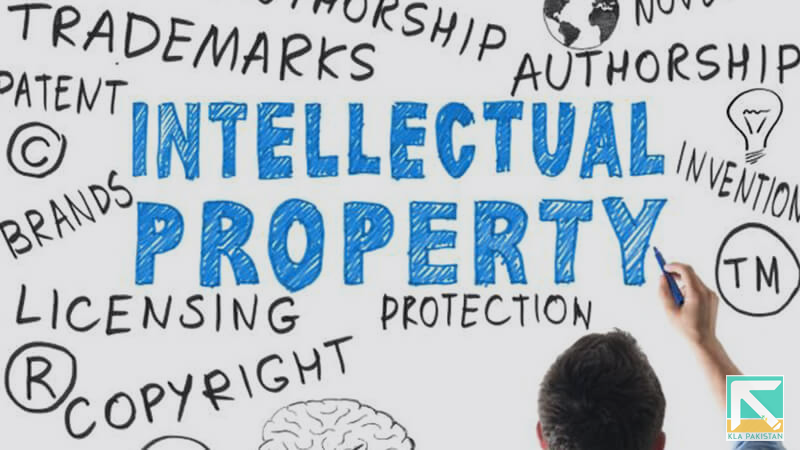The importance of Protecting Intellectual Property


Intellectual Property (IP) is an exclusive rights associated to creations of the mind. Under which, intangible assets such as inventions, literary and artistic work, designs, and phrases, symbols and images can be protected. This protection can be obtained thanks to different kinds of IP rights like patents, trademark, designs, copyright, and enables their owner to earn recognition or financial benefit from their creation or invention.
A patent is a title that provides its owner the right to prevent others from exploiting the invention mentioned in the patent. Also, it does not allow by itself making or selling an invention but it rather gives the right to exclude others from making, using, selling, or importing the patented invention.
Therefore, patent consists of a deal between inventors and society:
A trademark is a sign by which a business identifies its products or services and distinguishes them from those supplied by competitors. Likewise, trademarks can be distinctive words, marks, or other features. Its purpose is to establish in the mind of the customer a link between all the different products and/or services that the company offers and then distinguish them from those supplied by competitors.
Designs are concerned with the features, the appearance of a part or the whole product:
Also, it includes the right to make, offer, put on the market, import, export, or use a product. You must incorporate the design to which you apply it, or to stock such a product for those purposes.
Similarly, copyright is a legal term describing rights given to creators for their original literary, musical, or artistic works which allow them to control their subsequent use. These include for example:
Copyright protection has two components:
Intellectual property backs immeasurably to our national and state economies. Also, dozens of industries across our economy rely on the adequate enforcement of their patent, trademark, and copyright, while consumers use Intellectual Property to ensure they are purchasing safe, guaranteed products. So, let us explain some major aspects.
Companies can increase their competitiveness in a variety of ways by dedicating time and resources to the importance of their Intellectual Property (IP) protection. Moreover, IP assets are a source of value for companies and also reasons why you should manage them as part of a business strategy. For instance, it can help to promote a company to a leading role in its business/trade field.
Intellectual Property rights, whether it is a patent, a design or other form of rights, represent an investment with an expected return. Therefore turning an invention into a marketable product and potential source of steady income is a crucial stage in the innovation process and IP rights help businesses to protect and prevent their market shares.
Risk and occasional failure are the lifeblood of the innovation economy. IP rights incentivize entrepreneurs to keep pushing for new advances in the face of adversity.
In short Intellectual Protection rights are important because they can:
Bringing all of these important and diverse points together is the fact that protecting Intellectual Property is a non-partisan issue that is shared by a broad coalition of interests. These rights are embraced by all areas of industry—small, medium and large companies. So, We at KLAPakistan are keen to assist you in every step of protecting your intellectual property either a trademark, copyright, design and patent.
Also read our extensive article on Company Registration in Pakistan.
Show Us Your Love, Join US At:
http://web.facebook.com/klaconsultants
http://www.linkedin.com/company/kla-pakistan
http://www.twitter.com/KLAPakistan
http://www.pinterest.com/klapakistan/
http://www.instagram.com/klapakistan/
Email Us
info@klapakistan.com
services@klapakistan.com
Contact Us
021-37242553
0300-898-0101

 Why is it Important to Get a Registration of Chamber of Commerce ?
Why is it Important to Get a Registration of Chamber of Commerce ? Powered by WhatsApp Chat
WhatsApp Chat is free, download and try it now here!